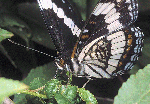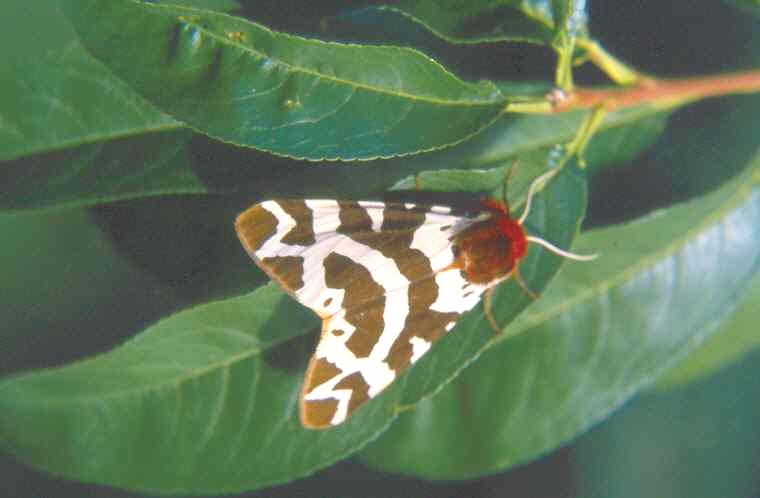
Utah Lepidopterists' Society
Founded 6 Nov 1976

|
|
Utah Lepidopterists' Society Founded 6 Nov 1976 |
|
| History | Mission | Meetings | Bulletin | Checklists | Links | Community | Field Trips | Habitat | Members | Kids | Contact Us |
Papilio coloro
Desert Swallowtail
General:
The type locality of Papilio coloro is Whitewater Hill, west end of Coachella Valley, Colorado Desert, Riverside County, California.; Wright, 1905. Many taxonomists consider coloro a subspecies of Papilio polyxenes. And, because of Felix Sperling's mtDNA research showing coloro's affinity to P. polyxenes, P. coloro may yet be proven to be conspecific with the eastern black swallowtail. However, because of its differing habitat, adult morphology, and mature larval morphology, it is treated as a full species here. (At least for the time being.)
For years, locals used to refer to this butterfly as Papilio rudkini (rudkin's swallowtail), Ivanpah Mountains, San Bernardino County, California; Comstock, 1935. However, since Wright's description predates Comstock's by thirty years, rudkini now serves as a junior synonym to coloro.
Utah Distribution and Habitat:
In Utah, P. coloro is a denizen of the eastern Mojave Desert; flying only in the southwest corner of the state in Washington County. The best place to find coloro is in the Beaver Dam Mountains. Males are strong hilltoppers where they seek females to mate. In addition to hilltopping, both sexes of P. coloro have also been seen flying across the vast habitat of the joshua tree-- creosote community in association with its larval hostplant. Strong winter precipitation, as well as heavy spring and summer rains can produce strong spring flights of this butterfly.
Bionomics:
The larval hostplant in Utah's Beaver Dam Mountains is Thamnosma montana (turpentine broom); which is somewhat of an unusual hostplant as it is a member of the citrus family. The fruits of this unique plant have a strong smell of grapefruit. Females prefer to oviposit on new leaflets that can be abundant in the spring; but only spotty during the summer and fall months. Most larvae that feed in the lab can be easily reared on fennel (Foeniculum vulgare) as well as other members of the parsley family.
In SW Utah, there are up to three broods of this butterfly depending on timing and magnitude of precipitation. As is the case with many swallowtails, P. coloro overwinters as pupa. However, Col. Clyde F. Gillette proved that late, fall feeding larvae, that have run out of hostplant, can also overwinter as a larva.
All images of Limenitis weidemeyeri on the ULS Info Bar courtesy Jay Cossey